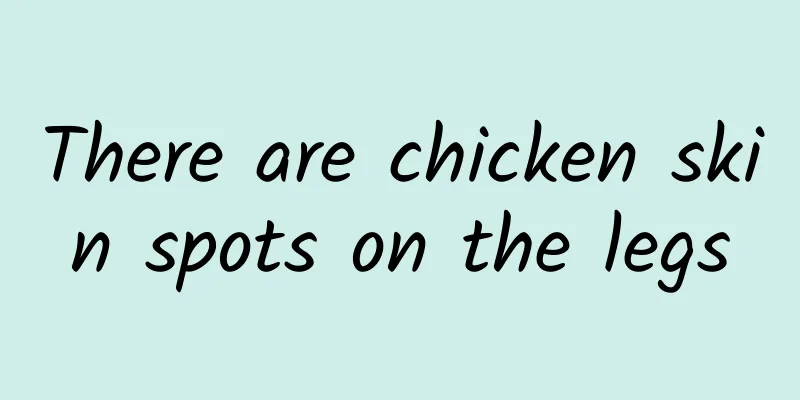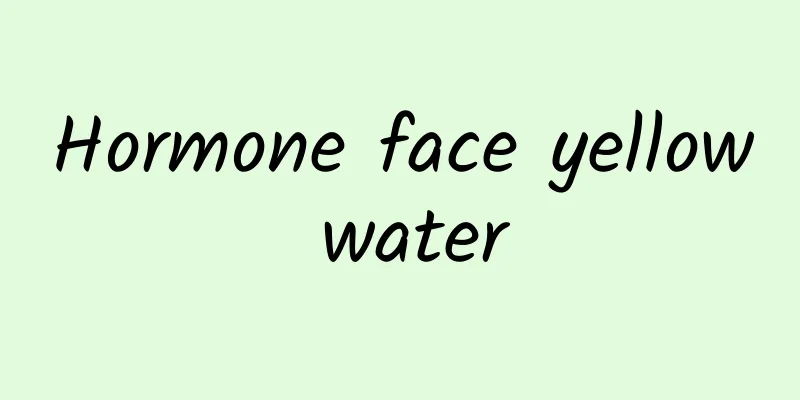Causes of spinal pain, surgical treatment is effective

|
Long-term hunching or leaning back in life will damage local soft tissues and cause pain in the spine. The main symptoms include pain in the head, neck, arms, hands and chest, and may also have progressive limb sensory and movement disorders. 1. Reasons The cause of spinal pain may be that long-term hunching the back or leaning the body may cause damage to local soft tissue and produce pain. If cervical or lumbar spine lesions occur, the possibility of spondylitis or ankylosing spondylitis should be considered. The main symptoms of spinal pain include pain in the head, neck, arms, hands and chest, and may have progressive limb sensory and movement disorders. Severe cases may cause limb weakness, even incontinence, paralysis, and involvement of the vertebral artery and sympathetic nerves may cause dizziness, palpitations and other corresponding clinical manifestations. Corresponding sleep may also be poor and nightmares. 2. Mitigation Methods There are many causes of back and spine pain. To relieve the symptoms, traction, massage, physical therapy, and other auxiliary treatments can be used with Chinese medicine to promote symptom relief. In daily life, you should stop doing excessive activities of the cervical spine and maintain correct posture. The main cause of spinal pain and cervical spondylosis is incorrect working and studying posture. A good posture can reduce fatigue and avoid injuries. Bowing your head for too long will cause muscle fatigue, aging of the cervical disc, and chronic strain, which will lead to a series of symptoms. The best posture for working at a desk is to keep the neck upright and slightly leaning forward, without twisting or tilting. If the working time exceeds 1 hour, you should rest for a few minutes and do some neck exercises or massage. You should not rest your head on the head of the bed or sofa armrest to read or watch TV to avoid strain. 3. Treatment Methods There are many treatments for spinal diseases both at home and abroad. Generally speaking, there are two major categories: surgical treatment and non-surgical treatment. The main purpose of surgical treatment is to relieve the compression on the spinal cord, nerve roots, etc. and restore the normal anatomical structure and biomechanical stability of the spine. In fact, only a small number of patients need surgery, accounting for less than 10%, and the vast majority of patients can be treated through non-surgical methods. Except for very clear surgical indications, spinal diseases should be treated mainly with comprehensive non-manual treatments, and emphasis should be placed on early intervention with rehabilitation treatment after surgery. |
<<: Kyphosis treatment is caused by these reasons
>>: Treatment of pharyngeal schwannoma, the symptoms are like this
Recommend
Does cervical acupuncture work?
Cervical spondylosis is a chronic disease that ta...
Kidney supplementation can prolong life according to age groups
Seeking good methods to prolong life in order to ...
What is peripheral nerve injury?
What is peripheral nerve damage? Many friends wil...
Treatment of hemiplegia caused by cerebral infarction, Chinese medicine prescriptions have miraculous effects
Cerebral infarction is a disease that often occur...
TCM treatment of fallopian tubes
Traditional Chinese medicine has many methods for...
There are many small blood spots on my arm, what is the reason?
In modern society, people work very hard and are ...
Benefits of ginger foot bath
I think everyone should be familiar with ginger, ...
Causes and treatments for foot odor
There are many things in life that seem very simp...
Symptoms and treatment of periostitis
Among orthopedic diseases, periostitis is very co...
What is the pathological cause of Wernike encephalopathy? What are the clinical manifestations?
Wernicke encephalopathy is a group of syndromes f...
What causes itchy feet?
There are certain problems with the human body. I...
The root of the tongue is a little yellow. How to treat prostate inflammation?
Prostatitis causes trouble to many men, and many ...
What socks are good for smelly feet?
Some of you may often encounter smelly feet in li...
Common knowledge about replenishing qi and nourishing blood in traditional Chinese medicine
Tonifying Qi and nourishing blood has become a to...
What is the best way to treat numbness in the hands of the elderly?
Many people are prone to numbness in their hands ...









